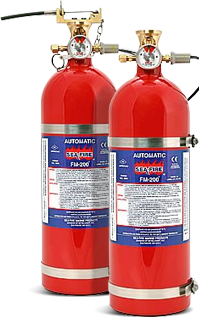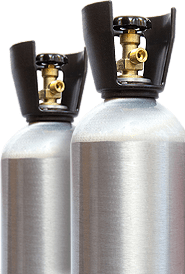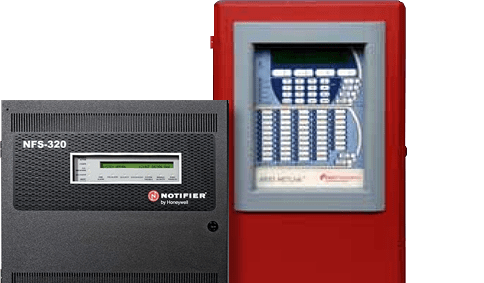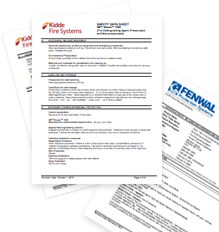What are the best practices for mitigating fire risks in warehouses and storage facilities

Warehouses and storage facilities often pose unusual challenges for mitigating fire risk and protection for personnel and property. Understanding the most effective strategies for life safety and fire risk management are the keys to ensuring you achieve these goals in your facilities.
Warehousing often involves huge amounts of unrestricted space filled with heavy fire loads and sometimes hazardous materials. Large spaces then introduce long travel distances to exits or fire fighting equipment . Heavy fire loads can quickly morph into high heat situations that further compound life safety situations. There are many possible solutions to these challenges. Finding the proper sets of solutions can further the confusion.
Explore further
Key Fire Risk Factors in Warehouses and Storage Facilities
There are several areas to consider when planning for life safety and fire risk management in warehouses and storage facilities.
Size of the Facility
Consideration of the total volume of the area at risk is crucial. Developing a fire suppression and life safety risk plan for a 50,000 square foot warehouse is much different than designing systems and plans for a logistics operation housed in an 800,000 square feet facility that employees automated materials handling equipment.
Storage, Movement, and Handling of Materials
Understanding how your materials will be moved within your facility, how they are stacked or stored, and the types of materials you will handle are core to your fire suppression strategies. Rack storage should be capable of handling the loads that will rest in them. Aisles should be generous enough to provide safety margins for the movement of equipment and personnel and all applicable safety standards should be met, including personnel safety equipment and training.
Where hazardous material is to be stored, additional requirements are usually expected such as specialized storage containers or areas, proper extinguishing agents, and specialized handling procedures. In some cases, segregated storage facilities must be used to separate and protect the hazardous materials.
Electrical, HVAC, Maintenance, and Fueling Systems
Every system inside or appended to a warehouse or storage facility must be considered a potential fire and life safety risk. Electrical systems, when not properly maintained, are one of the most common causes of fires in storage facilities. Regular maintenance and inspection should be performed on all electrical equipment.
HVAC systems are often located on the exterior of large warehouse facilities, usually on the roof. Because of the location of these systems, inspection and maintenance can be both costly and difficult. While a fire in an HVAC system can be a route for noxious and toxic smoke and other matter into the structure. Constant vigilance to prevent these types of risks should be part of your risk management plan.
Fire Suppression Systems
There are a multitude of variables that affect how a fire suppression system is designed and installed. Fire loads, extreme conditions, special considerations, materials and operations are all necessary parts that must be considered. In some cases, water is the best choice as a fire suppression agent. Where expensive electrical or electronic equipment is used, specialized agents may be in order. Exterior portions of a warehouse facility must be protected in northern climates by a dry pipe.
People also search
As important as the design of the fire suppression system is the training of the personnel with the responsibility to operate and maintain the system. Training, regular inspection and maintenance, and proper documentation are the hallmarks of maintaining an effective and efficient fire suppression system.
Implementing Best Practices for Fire Risk Mitigation.
Ensuring a safe and healthy work environment is the responsibility of every employee. Every employee should understand their role in the fire risk mitigation plan. This should start at the beginning of employment and continue on a regular basis with training and exercise participation. Knowledgeable employees are, perhaps, the best fire risk management tools available.
Along with the vigilance and cooperation of employees, a regular and routine program of inspection and maintenance should be part of your everyday activities. Fire suppression systems must be constantly inspected and maintained to ensure their rapid and effective deployment in case of a fire. Part of any inspection and maintenance program should include electrical, HVAC, and specialized inspections where needed. Documenting training activities, inspection and maintenance activities is crucial if a fire does occur to support your company's ongoing efforts to promote best practices.
While prevention is the best way to respond to any situation, there may well be a time when an actual fire emergency occurs. Any good risk management plan includes proper emergency response planning that prepares for the worst situations.
Warehouse and storage facilities, no matter their size of complexity, require good planning and proper execution to be effective. Understanding the challenges and having knowledge of the possible solutions can give you a step up to ensure your facility is protected and secure.














